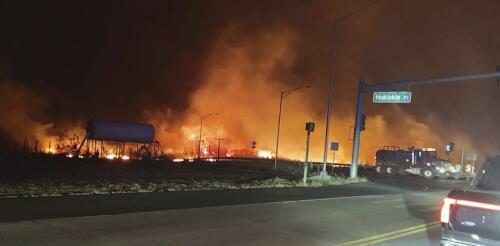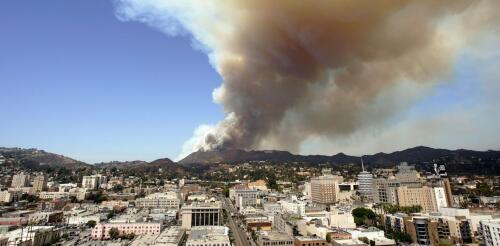risk reduction
Wildfires, pushed by powerful winds, raced through Lahaina, Hawaii, on Aug. 8 and 9, 2023, leaving a charred and smoldering landscape across the tourist town of about 13,000 residents that was once the capital of the Kingdom of Hawaii. Nearly 100 people are believed to have died in the fires, Maui County officials said. Others were rescued by the U.S. Coast Guard after going into the ocean to escape the flames. Dry grasses and strong winds, influenced by Hurricane Dora passing far to the south, heightened the risk as wildfires burned both in Maui’s tourist-filled west coast and farther inland and on the Big Island of Hawaii. Most fires in the U.S. are suppressed before they have a chance to threaten communities, but the winds were too strong to send helicopters into the sky to help contain Maui’s fires on the first day, leaving firefighters to battle the blazes from the ground. Lt. Gov. Sylvia Luke issued an emergency declaration, activating the National Guard to he...
Over the past two decades, a staggering 21.8 million Americans found themselves living within 3 miles (5 kilometers) of a large wildfire. Most of those residents would have had to evacuate, and many would have been exposed to smoke and emotional trauma from the fire. Nearly 600,000 of them were directly exposed to the fire, with their homes inside the wildfire perimeter. Those statistics reflect how the number of people directly exposed to wildfires more than doubled from 2000 to 2019, my team’s new research shows. But while commentators often blame the rising risk on homebuilders pushing deeper into the wildland areas, we found that the population growth in these high-risk areas explained only a small part of the increase in the number of people who were exposed to wildfires. Instead, three-quarters of this trend was driven by intense fires growing out of control and encroaching on existing communities. A wildfire in 2017 dest...

